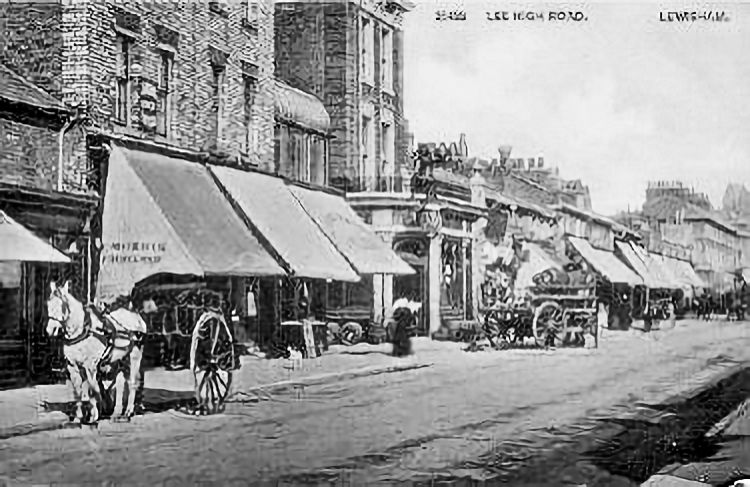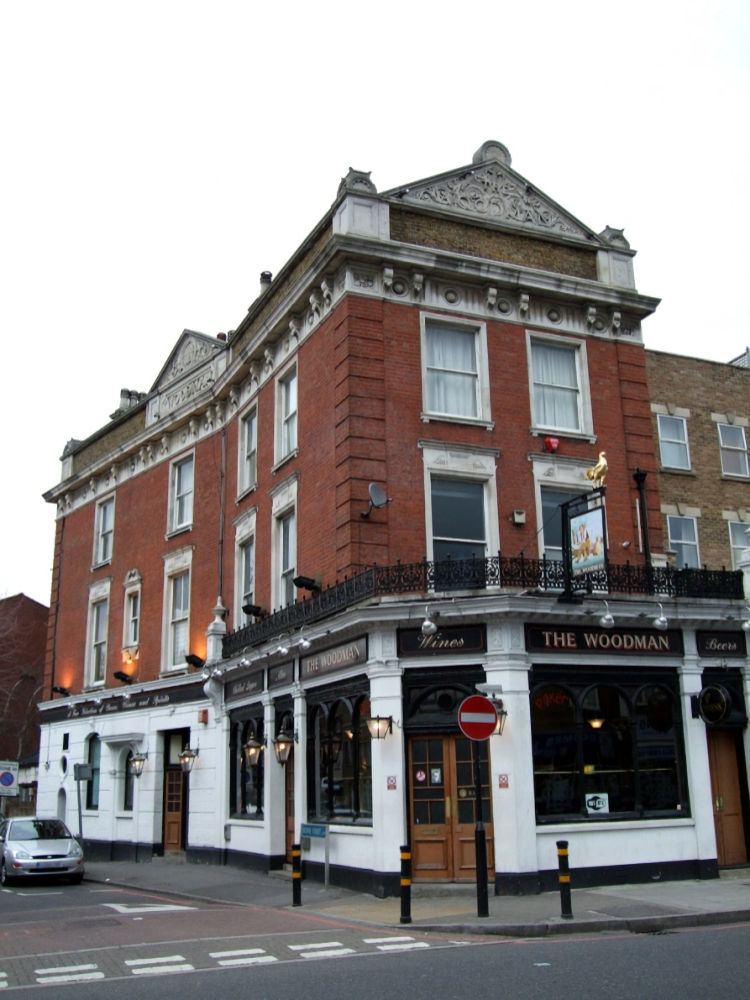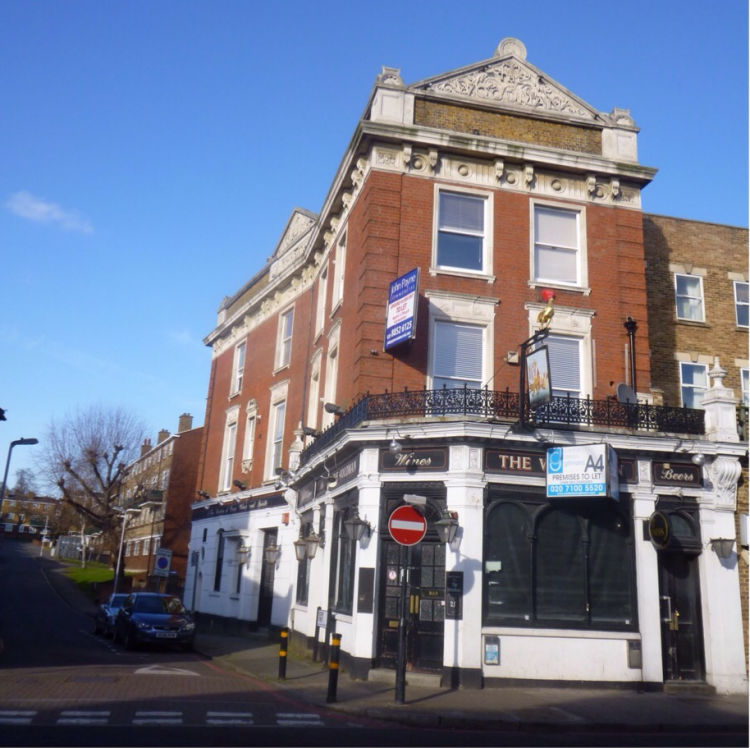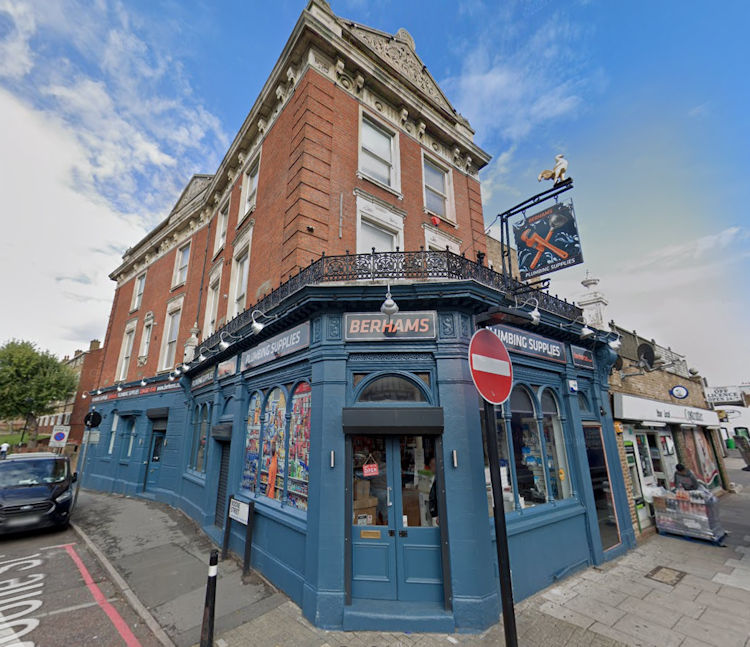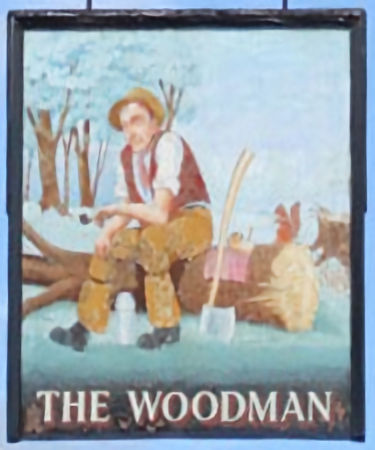|
Information taken from
https://runner500.wordpress.com accessed June 2024.
The Woodman.
The former Woodman pub is a fine Victorian building – with some
lovely detail to be observed if you look skywards.
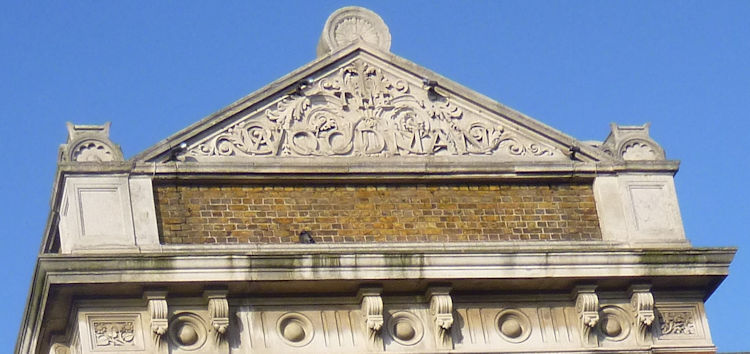
The Woodman, in its first incarnation, was one of the earlier
pubs in Lee – the original was the "Old Tiger’s Head" at Lee Green, but
the local justices approved the licence in 1838, along with the
nearby "Swan" of Lee (now "Rambles Bar"). It was one of four public
houses – the "Swan," the "Greyhound,"
the "Woodman" and the "Royal Oak" around what was originally referred
to as Lee New Town, all but the former Swan have closed, and from
the outside at least, that too seems to have a precarious existence.
The first landlord of the Woodman appears to have been Alexander
William James Durham who came from a family of publicans – he is
listed there in the 1841 census on what was then referred to as New
Road – what was to become Lee High Road used to followed a course
which was largely that of Old Road and was straightened after the
demolition of Lee Place and the breakup of the Boone estate in the
1820s.
His father, Jacob, seems to have owned the pub (it was part of his
estate when he died in 1866) and lived close by in Boone Street,
where he was listed in the 1841 census. Alexander moved on during
the 1840s and was living in Lambeth when he died in 1848.
As is common with many pubs there was a steady ‘trickle’ of
licensees at the Woodman throughout the mid-19th century, none
seemingly staying more than a few years – for example, Ann Gordon, a
widow from Ockley in Staffordshire, was there in 1881 but had moved
on by 1884. By 1886 the licensee was a J W Coombe (Comb) who was
landlord when the pub was demolished and rebuilt – the current
building it is dated 1887.
Coombe didn’t stay long in the new pub, by the time the 1891 census
enumerators called, the publican was George Ridley, who hailed from
Newbold in Warwickshire, and his wife Eliza, from Bunwell in
Norfolk, were probably the first licensees of the rebuilt pub – they
were there until around 1902 when George died, Eliza may have
remained slightly longer but there was a new publican in 1905 –
Thomas Craddock, who came from Southwark.
There were two bars, what was sometimes referred to as the snug at
the front, and larger room at the back, with a separate off licence
next door. All were interconnected so that whoever was serving could
look after them all.
Around the Second World War Albert and Florence Cordwell ran the pub
– Albert had been born in Lambeth and lived in the area until his
death in Bromley in 1979. During the war they put up photos on the
wall of the locals that had fallen in battle. In the years after the
war there were ‘beanos’ – trips to the seaside and elsewhere – such
as this one (probably from the late 1950s courtesy of Marianne Cole
on Facebook).

Unlike other local pubs, they seem to have been just
for the men – with crates of beer loaded onto the coach for the
journey. The button holes were almost certainly provided by Bill, a
florist (third from the right on the middle row). From around that
time there were happy memories of Wally playing the piano in the
back room.
Post war it went through a series of pub chains with various
companies owning it, including Enterprise Inns, CC Taverns, Unique,
Inntrepreneur and Courage. There was a degree of continuity with the
licensee though – with Brian running it from the late 1970s or early
1980s until the early 2000s.
By this stage it had a reputation as a good local; it was
latterly described as a “fairly basic, but friendly, locals’ pub on
Lee High Road with an Irish landlord … decent enough for a pint or
so if you’re nearby, or tackling the legendary Lee High Road crawl
of an afternoon.”
Under Brian’s tenure, the pub certainly had a lot of live music –
some just singalongs to popular 1930s and 1940s songs around the
piano on the small stage in the back room Friday or Saturday night.
Jules Holland was spotted strumming with a couple of friends in the
snug an at least one occasion.
Dermot was the landlord in the early 2000s, he continued the musical
traditions of his predecessor, his ‘party piece’ was Ewan McColl’s
Dirty Old Town, with students from Trinity (now Trinity Laban)
School of Music performing jazz there on Monday nights. There were
certainly traditional Irish music nights on Sundays.
The 11 remaining years of the lease was advertised as being for sale
around 2008 for £75,000 with an annual rent of £37,500 but a
turnover of just £234,000, although the estate agent’s details
described it as ‘busy’. It was described as ‘Ideal for husband and
wife team with assistance from 1 Full Time Staff.’ There was clearly
interest as a new landlord attempted to rescue the pub bringing back
traditional Irish music nights and some real ale.
Given the state of the business before the lease was bought, it was
always going to be a tough ask keeping the pub afloat, and so it
transpired – something possibly not helped by poor ‘reviews’
latterly. The last pint of John Smiths (there proved not to be
enough trade to support the London Pride served initially by the new
landlord) seems to have been pulled sometime in late 2012 or early
2013.
It was completely stripped of its fittings and was offered out on
a much lower rent of £25,000, which was presumably taken on by its
new tenant – a plumbing supplies firm – while the Courage cockerel
remains the sign above has gone. |
